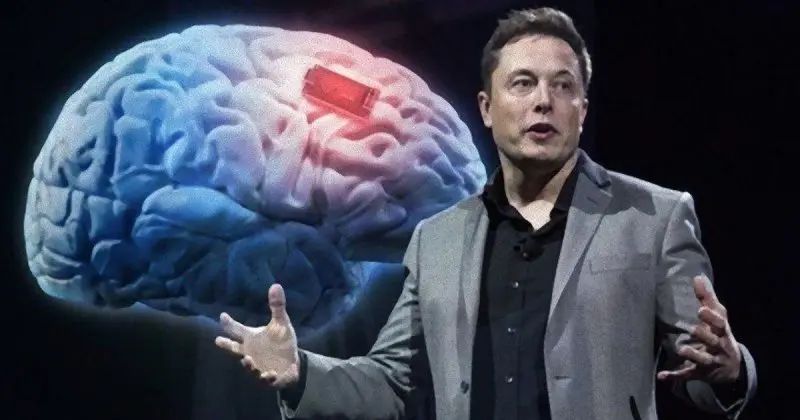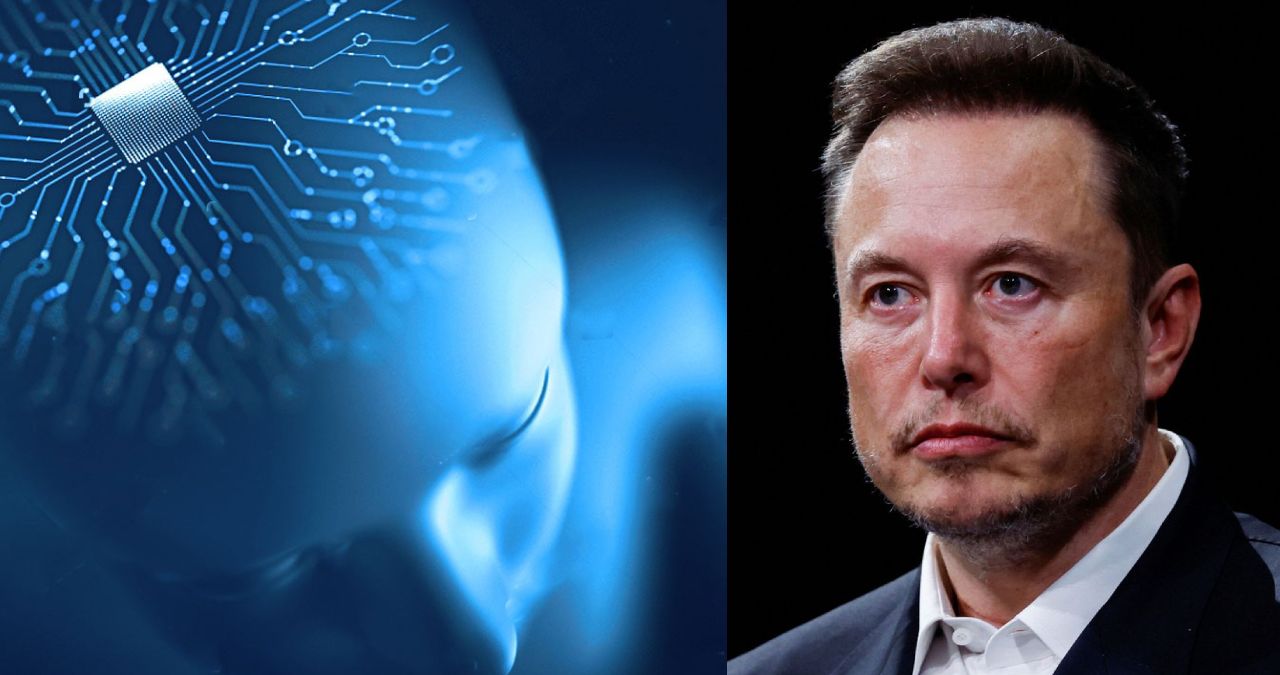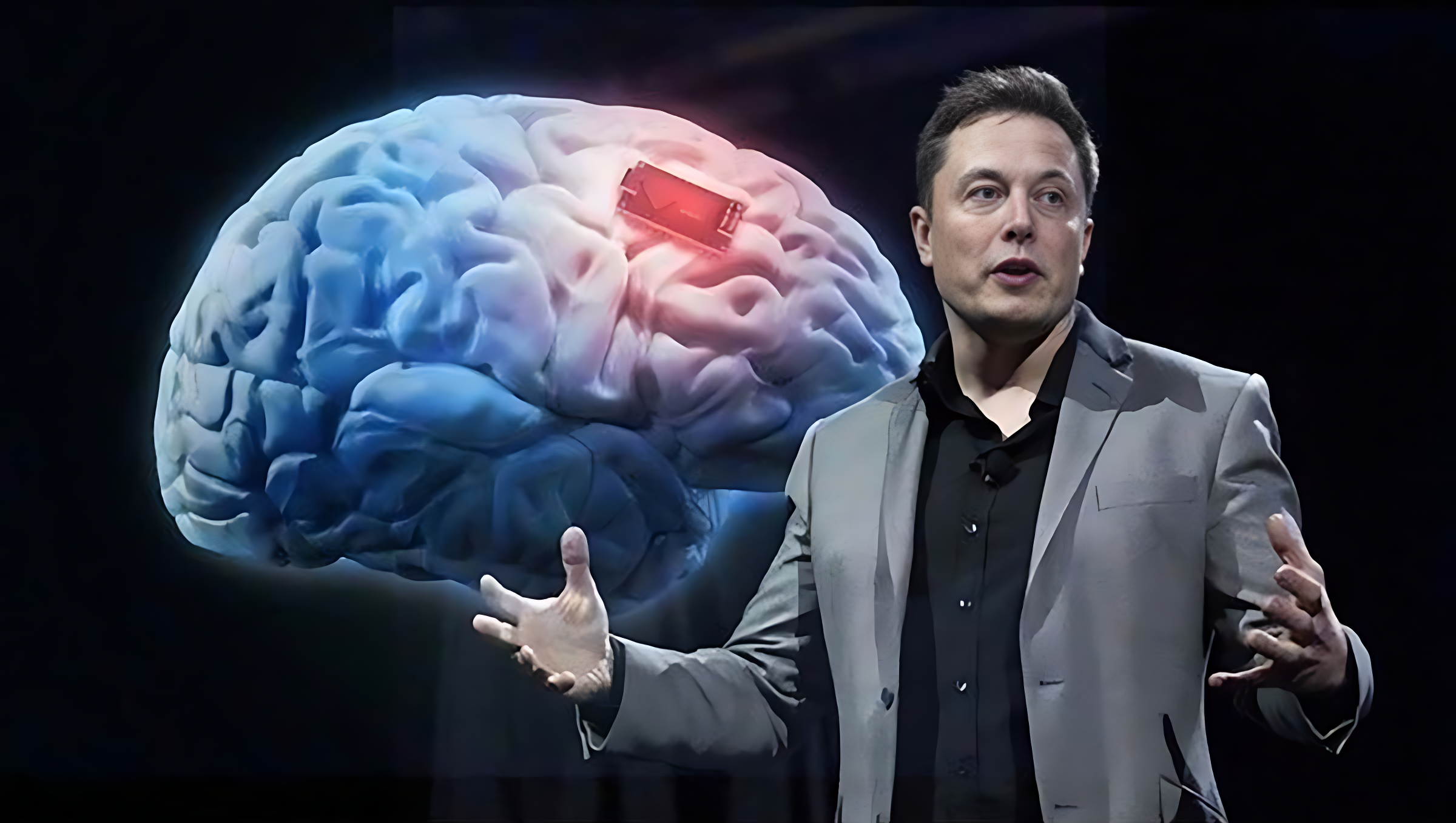
In July 2025, Neuralink, the brain‑computer interface venture founded by Elon Musk, announced the launch of its first human clinical study inGreat Britain. Known as GB‑PRIME, the trial aims to test whether its implantable chip — the N1 “Link” — can allow people with severe paralysis to control digital and physical tools using only their thoughts. This marks a pivotal expansion of Neuralink’s PRIME study, which began human trials in the U.S. in early 2024.

From the first trial participant in the U.S. to recent breakthroughs in telepathic typing, this investigation dives into the technology, the human impacts to date, and the profound ethical questions that follow.
From FDA Approval to Real Patients
After an initial FDA rejection in 2022 due to safety concerns like migration of implant threads and battery risks, Neuralink gained regulatory approval in May 2023 to begin what it calls thePRIME Study—short for Precise Robotically Implanted Brain‑Computer Interface
In January 2024Noland Arbaugh, a quadriplegic paralyzed from the shoulders down in a 2016 diving accident, became the first human recipient of the device. Despite early issues with retracting electrodes — over 85% became non-functional within weeks — software tuning allowed residual electrodes to remain useful. Arbaugh regained the ability to operate a computer cursor with his mind, browse the web, play video games, and communicate via mental typing.

A second and third patient, including a man named Alex, followed in August 2024, reportedly without the same thread-related complications. Neuralink described their functioning as “all working well” as of early 2025
In 2025, five patients were reportedly actively using the device to control digital and physical tools with their thoughts

UK Trials: Expanding Geographic Reach
On July 31, 2025, Neuralink confirmed the launch of its GB‑PRIME clinical study in Great Britain, partnering with University College London Hospitals NHS Trust and Newcastle Hospitals NHS Foundation Trust

The study will recruit patients with severe paralysis due to spinal cord injuries or ALS, similar to the U.S. criteria. It will test the safety of the surgical robot (R1) and wireless implant (N1), while tentatively assessing early functionality like cursor and physical tool control via thought alone
Milestones: What the Patients Can Do
Audrey Crews – First Public Demonstration in Female Patient
In late July 2025, Audrey Crews, paralyzed for 20 years, became the first publicly known female recipient of the implant. During a live demonstration, she drew simple shapes, typed her name, and even played games — all using only her thoughts. The implant uses 128 ultra-thin threads in the motor cortex and communicates wirelessly via Bluetooth. Crews emphasized that the device does not restore physical movement, but does restore digital autonomy
Early Patients: Arbaugh & Co.
Noland Arbaugh regained independent cursor control, played chess mentally, and regained a new sense of autonomy post-implant. Although many electrodes failed, optimized algorithms enabled control even with limited functionality. He remains optimistic but dependent upon continued software support rather than full hardware resolution

The Technology at Work
The N1 Neural Implant & R1 Surgical Robot
Neuralink’s device is coin-sized, using up to 1,024 electrodes across 64 microscopic threads implanted into the motor cortex via the R1 robot. The implant is wireless, battery-powered, and transmits signals decoded into cursor or command actions on external devices>
The robot-guided surgery aims to minimize brain trauma, while the device remains cosmetically invisible once implanted. Its initial goal is to translate movement-intention signals into device control — restoring digital rather than motor function
The Promise — And The Challenges
Transforming Lives
The mental control demonstrated by Crews, Arbaugh, and others delivers what many call a “telepathic” form of interaction. Even drawing a pizza or playing a game can be life‑changing to someone unable to type or speak for decades
Researchers foresee broader medical uses: enabling communication for locked-in patients, potential mood regulation, and even restoring vision (via the upcoming “Blindsight” platform)
Technical and Safety Concerns
>Best-case results aside, early trials encounter hardware limitations—significant electrode failure and drift remain real risks—as seen in Arbaugh’s case. Also, invasive brain surgery carries risk of infection, epilepsy, and unknown long-term effects

Regulatory and Ethical Risks
UK regulators, including the Information Commissioner’s Office (ICO), have warned neurotech devices could collect deeply personal brain data—posing risks of misuse or discrimination. Guidance for safe development is expected by 2025

Furthermore, opposition to Neuralink’s animal testing is mounting. Reports indicate hundreds of monkeys and pigs are believed to have died in trials, prompting investigation under U.S. animal welfare laws

Launching trials in Great Britain expands Neuralink’s global footprint. The UK’s advanced regulatory framework, robust NHS support, and centralized ethics review may offer faster approval pathways and enhanced public trust compared to U.S. trials.
With five patients already implanted in the U.S., the UK study marks Neuralink’s first international human rollout. It could be critical in shaping global consensus on neurotech ethics, health standards, and eventual scalability beyond rare clinical settings .
>: Patient registry in the UK allows individuals with paralysis to prequalify; as trials expand, more participants are expected.
: Neuralink engineers may need to resolve thread migration and durability issues for wider adoption.
Regulatory statements: The UK’s ICO guidelines will set expectations on privacy, consent, and data security.
: Animal welfare concerns, mind-data privacy, and the possibility of cognitive enhancement looms large in discourse.
Long-term ambition: Projects like Blindsight (restoring vision) and robotic limb control remain future goals that could redefine assistive care worlds ahead
Conclusion: A New Era — Carefully Emergent
Elon Musk’s Neuralink is charting new territory. With the extension of its PRIME study into Great Britain and real-world demonstrations from patients like Audrey Crews and Noland Arbaugh, the technology is translating from sci-fi dreams to tangible medical progress.

The early results are cautiously inspiring: thought-powered typing, drawing, gaming, and messaging offer new autonomy. But the path forward is fraught—with hardware reliability, safety, ethics, and privacy all under serious scrutiny.

Neuralink’s GB‑PRIME study marks a crucial frontier moment: the era when mind‑controlled interfaces enter regulated clinical practice outside the U.S. As global awareness grows, so too must rigorous conversation and oversight around what it means to interface machine and mind.
Would you like a follow‑up on the Blindsight vision restoration trial or a deeper dive into ethical frameworks shaping neurotechnology?





